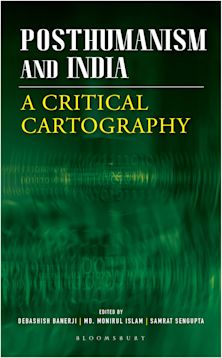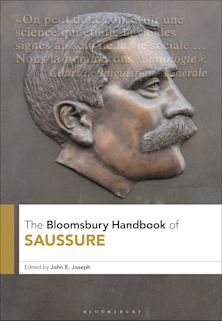The Semiotics of Banknotes and Coins
Reading Contemporary Currency Design
The Semiotics of Banknotes and Coins
Reading Contemporary Currency Design
This product is usually dispatched within 1 week
- Delivery and returns info
-
Free US delivery on orders $35 or over
Description
This book uses semiotics to study the design of a selection of banknotes and coins currently circulating in the American and European continents.
Its purpose is to argue how the iconography used to decorate them draws on pre-existing social discourses and meaning.
Moreover, it aims to show how currency design is an enunciative praxis and hence, an activity shaped by cultural conventions that can be approached as a specific discursive genre.
In a nutshell, the book demonstrates how, beyond their economic function, banknotes and coins serve as the material support for a visual type of cultural semiosis linked to the nation and the state. The units of any currency system can be approached as visual texts expressing contents linked with specific social discourses and ideas. Since these texts are created and regulated by the state, they convey meanings that relate to discourses about statehood and, with it, the nation.
Informed by analyses of the United States dollar, the Canadian dollar, the British pound sterling, the Swiss franc, the Brazilian real, the Uruguayan peso, the Argentinean peso and the euro, the book highlights the relevance of studying currency design in the scholarly efforts to understand the discursive construction of states and nations.
Table of Contents
Preface
Acknowledgments
1. The Social Relevance of Currency, Or Why Studying Currency Design
2. Introducing Semiotics
3. Studying Currency Design using Semiotics
4. U.S. Dollar
5. Canadian Dollar
6. British Pound Sterling
7. Swiss Franc
8. Brazilian Real
9. Uruguayan Peso
10. Argentine Peso
11. The Euro
Conclusions
Notes
References
Index
Product details

| Published | Dec 11 2025 |
|---|---|
| Format | Hardback |
| Edition | 1st |
| Extent | 288 |
| ISBN | 9781350451360 |
| Imprint | Bloomsbury Academic |
| Illustrations | 55 bw illus |
| Dimensions | 9 x 6 inches |
| Series | Bloomsbury Advances in Semiotics |
| Publisher | Bloomsbury Publishing |
Reviews

ONLINE RESOURCES
Bloomsbury Collections
This book is available on Bloomsbury Collections where your library has access.


































